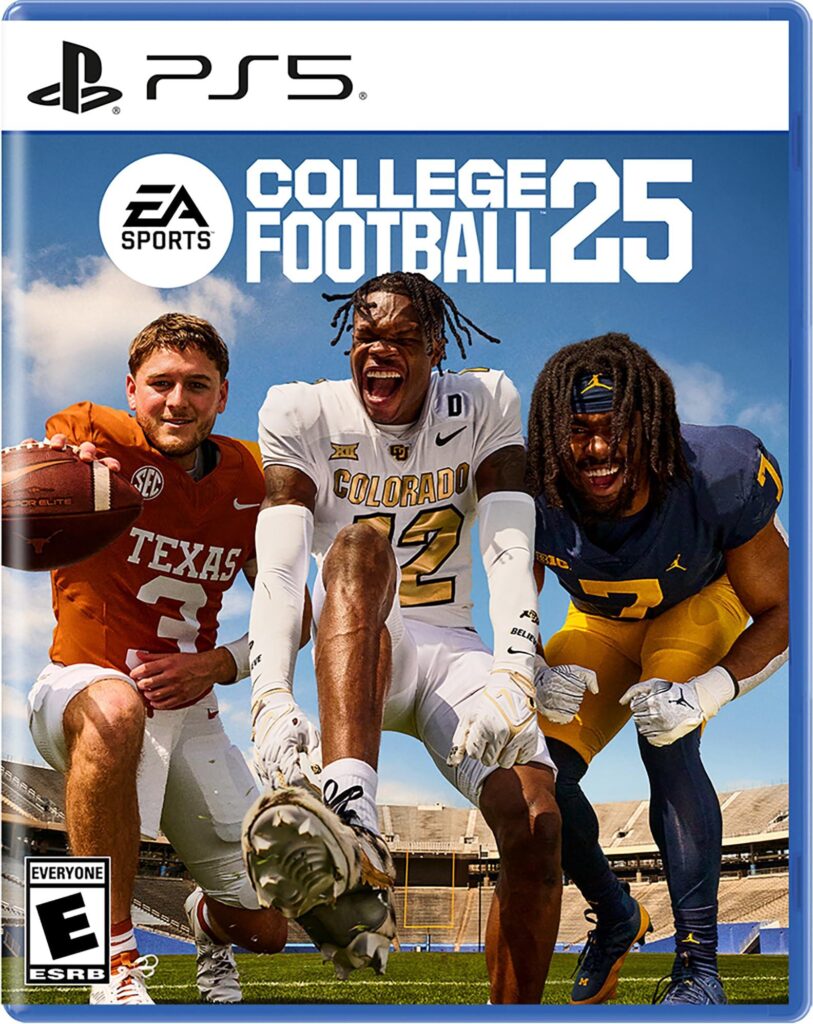After years of uncertainty and debate over the future of college football, the sport is experiencing a remarkable resurgence. New developments such as the Name, Image, and Likeness (NIL) policies and the transfer portal have transformed the landscape, fueling growth in player opportunities, fan engagement, and revenue. According to a recent report by The New York Times, these innovative changes are helping to revitalize college football, dispelling earlier concerns about its sustainability and signaling a new era for the beloved American pastime.
College Football’s Resurgence Driven by Player Empowerment and New Rules
Recent changes in college football have revitalized the sport, bringing fans, athletes, and institutions back into a vibrant ecosystem. The introduction of Name, Image, and Likeness (NIL) rights has empowered players to monetize their personal brands, creating opportunities previously unseen at the collegiate level. This shift has not only energized recruitment efforts but also deepened athletes’ engagement with their communities and sponsors. Meanwhile, the transfer portal has introduced a new level of mobility and flexibility, allowing players to seek better fits academically, athletically, and personally without excessive bureaucratic barriers. Together, these reforms are recalibrating the balance of power between players and programs, fostering a more dynamic and competitive landscape.
Along with these game-changing policies, revised rules on player eligibility and scholarship allocations are promoting fairness and competitive balance across conferences. The ripple effects include:
- Increased parity among teams that once struggled to compete
- A surge in highlight-reel plays as athletes showcase newfound confidence and freedom
- Renewed financial health for programs benefiting from enhanced marketing and media attention
| Impact Area | Before NIL & Transfer Portal | After NIL & Transfer Portal |
|---|---|---|
| Player Autonomy | Limited | Expanded |
| Team Competitiveness | Uneven | More Balanced |
| Fan Engagement | Inconsistent | Growing Rapidly |
| Program Revenue | Stable but Plateaued | Increasing |
How NIL Deals Are Transforming Recruitment and Team Dynamics
The introduction of NIL (Name, Image, and Likeness) deals has radically altered not only how players are recruited but also the chemistry within college football teams. Student-athletes now consider potential endorsement opportunities alongside traditional factors like coaching and program history. This shift has empowered athletes to make moves that maximize their personal brand value, inevitably influencing recruitment strategies to become more collaborative with marketing entities. Coaches and recruiters find themselves navigating a new landscape where off-field earning potential can be as critical as on-field performance.
As a result, teams are witnessing evolving dynamics, both positive and challenging. NIL opportunities often create varying levels of financial incentives among teammates, which can impact cohesion and locker room culture. While some programs embrace this as a chance to foster entrepreneurial mindsets, others struggle with disparities that test unity. Below is a snapshot of typical factors influencing team dynamics post-NIL:
- Player Empowerment: Athletes have more leverage in transfer decisions and contract negotiations.
- Recruiting Focus: Programs market themselves as platforms for NIL success, not just athletic achievement.
- Team Chemistry Challenges: Financial disparities can lead to tension or motivate improved performance.
- Increased Mobility: Transfers driven by NIL opportunities contribute to more fluid rosters year over year.
| Impact Area | Before NIL | After NIL |
|---|---|---|
| Recruitment Priorities | Talent & Program Prestige | Brand Potential & Market Access |
| Player Retention | Coach Loyalty | Endorsement Alignment |
| Team Chemistry | Performance-Based | Performance & Financial Dynamics |
The Transfer Portal’s Role in Creating Competitive Balance Across Programs
With the advent of the transfer portal, college football has witnessed a seismic shift in how talent moves between programs, fundamentally altering the competitive landscape. No longer tethered by rigid restrictions, athletes now have greater agency to find the best fit both athletically and academically. This newfound fluidity has empowered smaller or mid-tier programs to attract high-caliber transfers who might otherwise have been stymied by traditional recruiting pipelines, leveling the playing field in ways previously thought impossible.
Several clear trends emerge when we examine the portal’s impact:
- Increased parity: Programs outside the Power Five conferences are bolstering rosters with experienced players seeking more playing time or a fresh start.
- Instant impact: Transfers often fill critical positional gaps, allowing teams to address weaknesses rapidly without waiting for incoming freshmen to develop.
- Strategic roster management: Coaches now approach recruiting with a hybrid mindset, balancing high school prospects with portal opportunities.
| Program Tier | Average Transfers Gained (2023) | Win Improvement (%) |
|---|---|---|
| Power Five | 8 | 5% |
| Group of Five | 12 | 12% |
| FCS Programs | 15 | 18% |
Strategies for Coaches and Institutions to Navigate the Changing Landscape
Coaches and institutions must embrace adaptability to thrive amid the evolving dynamics of college football. This means developing robust support systems that prioritize athlete development beyond the field, including financial literacy and brand management skills essential in the NIL era. Fostering open communication channels with athletes can help coaches better understand their aspirations, enabling tailored guidance through transfer decisions and endorsement opportunities. Institutions that invest in comprehensive education around these changes will position themselves as leaders in athlete empowerment.
Innovative recruiting approaches are also key, leveraging data analytics and social media engagement to identify and connect with talent authentically. Programs successful in this landscape often implement collaborative strategies, involving compliance officers, marketing teams, and alumni networks to maximize resource utilization. The table below highlights critical focus areas and corresponding strategic actions for sustainable success:
| Focus Area | Strategic Action |
|---|---|
| Player Empowerment | Financial literacy workshops & NIL coaching |
| Recruiting | Data-driven scouting & social media outreach |
| Compliance | Regular NIL policy updates & athlete education |
| Program Culture | Transparent communication & mental health support |
To Conclude
As college football navigates a new era defined by the NIL landscape and unprecedented player mobility, the sport is experiencing a resurgence that few anticipated amid earlier concerns. While challenges remain, the evolving dynamics have injected fresh energy and opportunity into the game, signaling that college football’s future may be brighter than ever. The ongoing impact of these changes will continue to shape the sport in the seasons ahead, keeping fans and institutions alike engaged in a rapidly transforming landscape.





